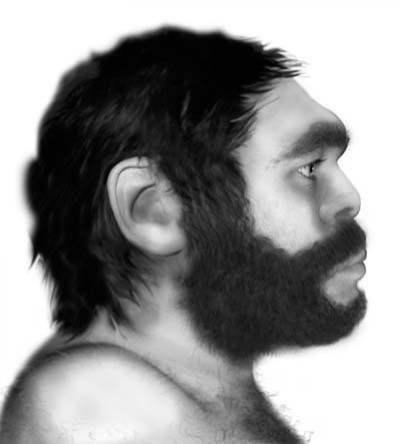Ancient Humans Interbred with Closely Related Species

A new analysis has suggested that human ancestors interbred with other species in the Homo genus and that almost 2 percent of the genomes of certain modern African populations are from closely related species.
The research has been published in the recent edition of the Proceedings of the National Academy of Sciences.
Scientists long have wondered about the evolutionary history of modern human beings. While some believed that humans evolved from a single genetically isolated population, other paleontologists thought that everyone living today has a mixed bag of genes.
The Press Association reported through DNA studies that human ancestors interbred with related species, Neanderthals in Europe and an Asian variety called the Denisovans.
To find answers to long-unexplained evolutionary speculations and queries, biologist Michael Hammer at the University of Arizona in Tucson and his colleagues studied DNA from two African hunter-gatherer groups, the Biaka Pygmies and the San (Bushmen), as well as from a West African agricultural population, the Mandenka.
According to the journal Nature, each of these groups is descended from populations that are thought to have remained in Africa, meaning they would have avoided the genetic bottleneck effect that usually occurs with migration. This means the groups show particularly high genetic diversity, which makes their genomes more likely to have retained evidence of ancient genetic mixing.
Hammer and his team believe that around 2 percent of the genetic material found in these modern African populations was inserted into the human genome some 35,000 years ago.
© Copyright IBTimes 2024. All rights reserved.





















